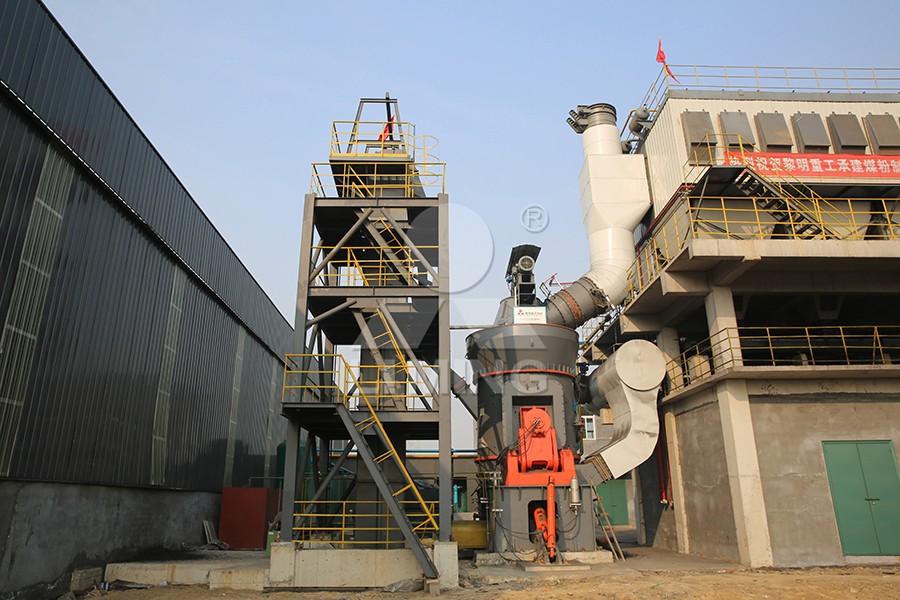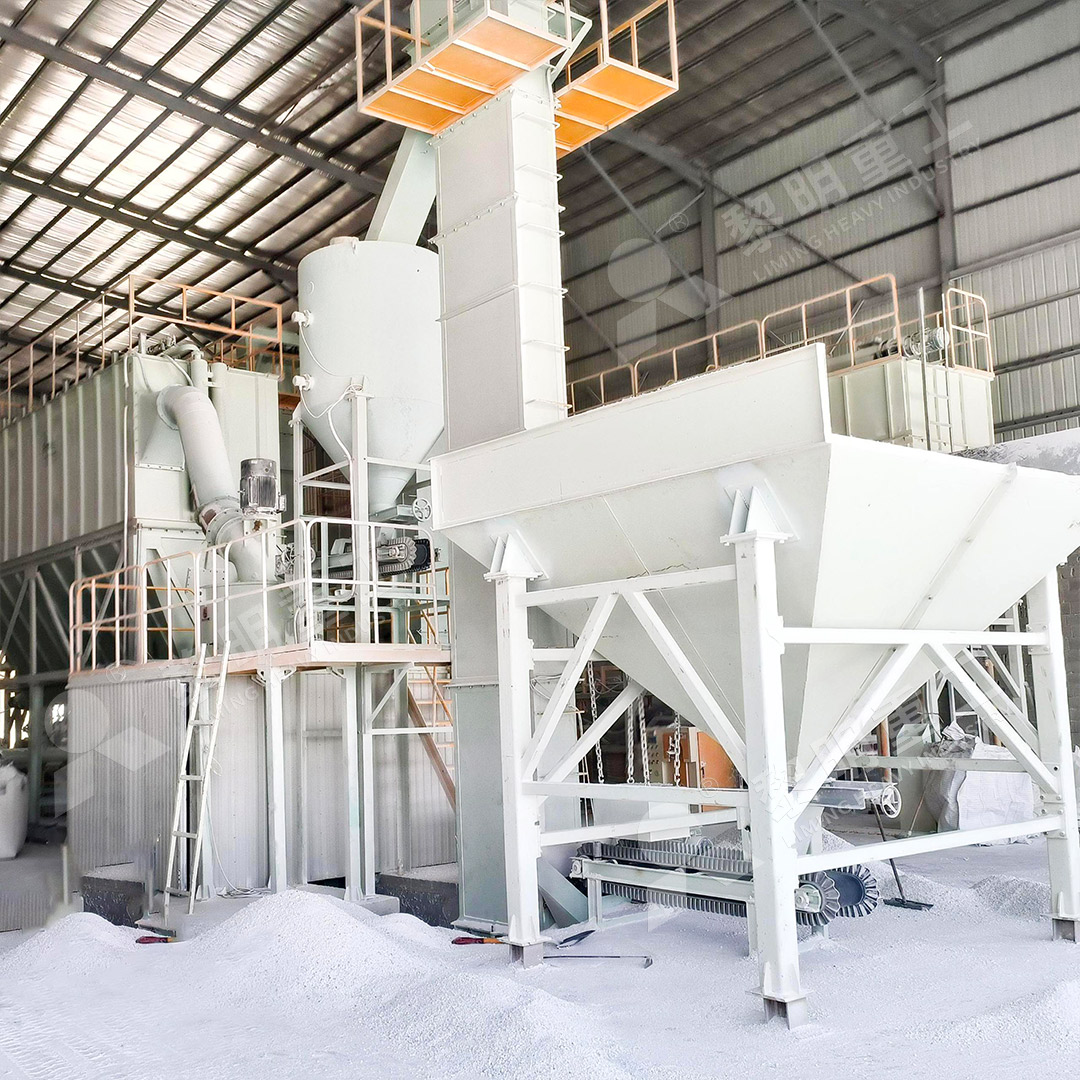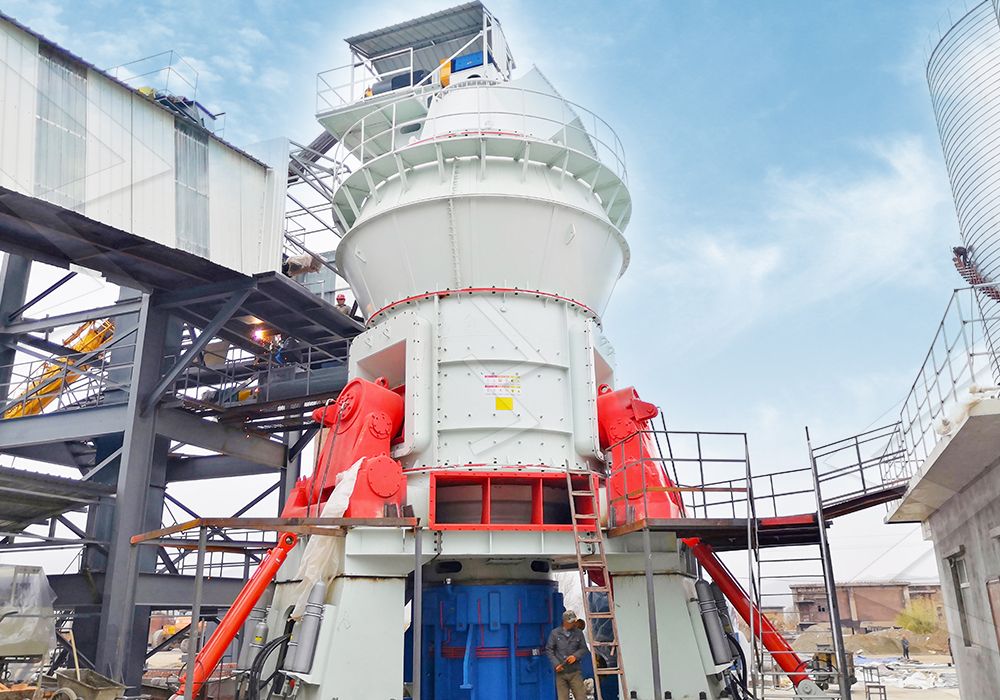Electrolytic Aluminum Waste Slag Grinding Mill: 20-50 Tons Per Hour Production Line
We provide a wide range of mills — including Raymond mill, trapezoidal mill, vertical mill, ultrafine mill, and ball mill, obtained ISO9001 international quality certification, EU CE certification, and Customs Union CU-TR certification. Suitable for processing minerals such as limestone, phosphate, quicklime, kaolin, talc, barite, bentonite, calcium carbonate, dolomite, coal, gypsum, clay, carbon black, slag, cement raw materials, cement clinker, and more.
The discharge range of these mills can be adjusted to meet specific processing needs, typically from 80-400 mesh, 600-3250 mesh, and can achieve the finest particle size of up to 6000 mesh(D50).
If you are looking for a reliable grinding solution to turn stone or minerals into fine powder, please feel free to contact our online customer service.
Electrolytic Aluminum Waste Slag Grinding Mill: 20-50 Tons Per Hour Production Line
In the aluminum production industry, managing electrolytic aluminum waste slag (often referred to as “red mud” or secondary slag) is a significant challenge. This by-product, if not processed properly, can occupy vast landfill spaces and pose environmental risks. However, with advanced grinding technology, this waste can be transformed into valuable materials for construction, cement production, and other industrial applications. A grinding production line with a capacity of 20-50 tons per hour is ideal for large-scale aluminum plants seeking to implement efficient waste valorization strategies.
Challenges in Grinding Electrolytic Aluminum Slag
Electrolytic aluminum slag is abrasive and can vary in moisture content, making it difficult to grind efficiently. Traditional grinding mills often struggle with high wear rates, energy inefficiency, and inconsistent product fineness. Moreover, environmental regulations demand dust-free and low-noise operations. Therefore, selecting the right grinding equipment is crucial for a profitable and sustainable operation.

Key Considerations for a 20-50 TPH Production Line
For such a production line, the grinding mill must offer high throughput, durability, and energy efficiency. It should handle input sizes up to 20mm and produce powders with adjustable fineness, typically between 200 to 1000 meshes, to meet various application requirements. Additionally, the system should integrate crushing, drying (if needed), grinding, and classifying to streamline the process.
Recommended Grinding Solution: MW Ultrafine Grinding Mill
Based on the specific characteristics of electrolytic aluminum slag, we highly recommend our MW Ultrafine Grinding Mill. This machine is engineered for high-capacity ultrafine powder production, making it perfect for processing abrasive materials like aluminum waste slag.
The MW Mill boasts a capacity range of 0.5-25 tph per unit. For a 20-50 tph production line, multiple units can be configured in parallel to achieve the desired output. Its input size of 0-20 mm aligns well with pre-crushed slag, and it can produce powder with fineness between 325-2500 meshes, offering flexibility for different end-uses.

Why the MW Mill Excels for This Application:
- Higher Yielding, Lower Energy Consumption: Its innovative grinding curve design enhances efficiency, offering 40% higher output than jet mills and twice that of ball mills, while consuming 30% less energy. This is critical for keeping operational costs low in high-volume processing.
- Robust and Maintenance-Friendly Design: A significant advantage is the absence of rolling bearings and screws in the grinding chamber. This eliminates common failure points and fears about bearing damage or loose screws causing breakdowns, ensuring continuous 24/7 operation with minimal downtime.
- Eco-Friendly Operation: Equipped with an efficient pulse dust collector and muffler, the entire milling system operates without dust pollution and with reduced noise, fully complying with national environmental protection standards.
- Precision and Reliability: Digitally processed with high-precision numerical control machining, the mill’s core parts are built to last. Combined with a readily available supply of original spare parts from us, it guarantees worry-free long-term operation.
Configuring the Complete Production Line
A typical 20-50 tph line would involve a primary crusher (like a jaw crusher) to reduce the slag to below 20mm, a feeding system, the MW Grinding Mill(s), a classifier, and a packaging system. The MW Mill’s integrated design simplifies layout and reduces the overall footprint.

Conclusion
Investing in a modern grinding production line is no longer just about waste disposal; it’s about unlocking economic value from industrial by-products. For electrolytic aluminum slag, the MW Ultrafine Grinding Mill provides a technically superior, cost-effective, and environmentally sound solution to achieve high-volume powder production. Its combination of high efficiency, low wear, and minimal maintenance makes it the ideal cornerstone for a profitable 20-50 tons per hour operation, turning waste into a valuable resource.
